From Zero to heroes of the design world
Francine Wolfisz visits a new exhibition revealing the impact of the Jewish émigrés behind some of Britain’s most iconic designs
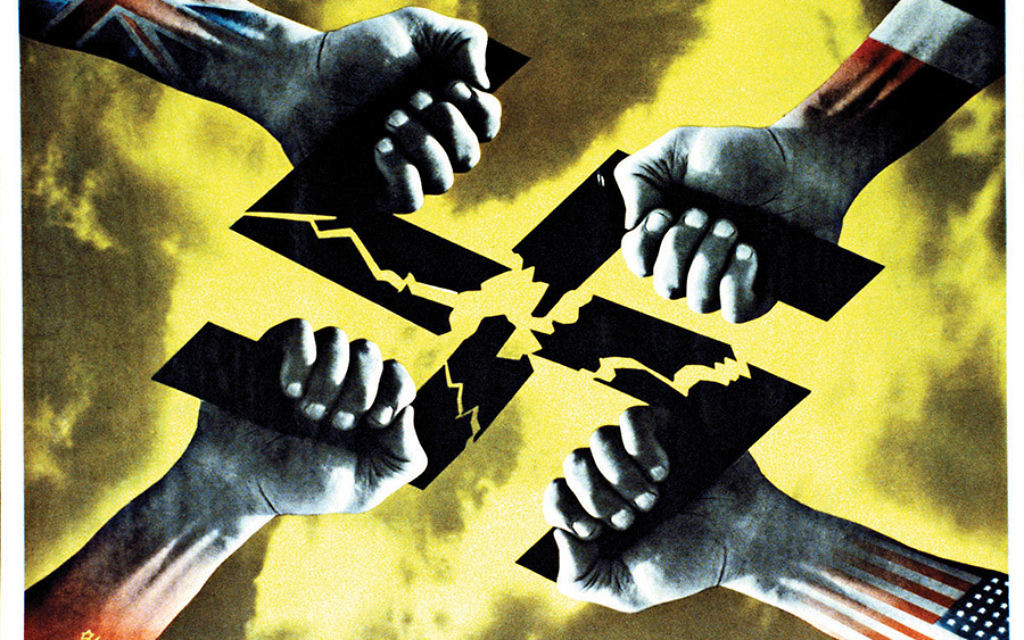
From Tate & Lyle, C&A and John Lewis to Raleigh’s “Chopper” bike, Penguin books and bus seat fabrics, all are instantly recognisable through their distinctive brands and logos.
Yet for all their familiarity, the stories of the Jewish immigrants behind these iconic designs are less well-known.
Now a new exhibition at the Jewish Museum is shedding light on the “staggering effect” these émigré designers had in changing the way large companies sold their products and, ultimately, in helping Britain’s post-war manufacturing boom.
Get The Jewish News Daily Edition by email and never miss our top stories Free Sign Up
Showcasing the work of 18 designers, the space is filled with more than 150 exhibits, largely on loan from the University of Brighton Design Archives.
Among them is a short film featuring the Czechoslovakian-born designer Dorrit Dekk, who after moving to the UK in 1938, served as a secret “listener” at Bletchley Park and went on to an illustrious career with the Orient Line (later P&O), the Post Office Savings Bank, Penguin, Tatler and London Transport.
One of her most famous posters, “Coughs and Sneezes, spread diseases”, designed for the Central Office of Information in the 1950s, is still fondly remembered today.
Trained at a prestigious art school in Vienna, her talent would have counted for nothing, had she stayed in Austria.
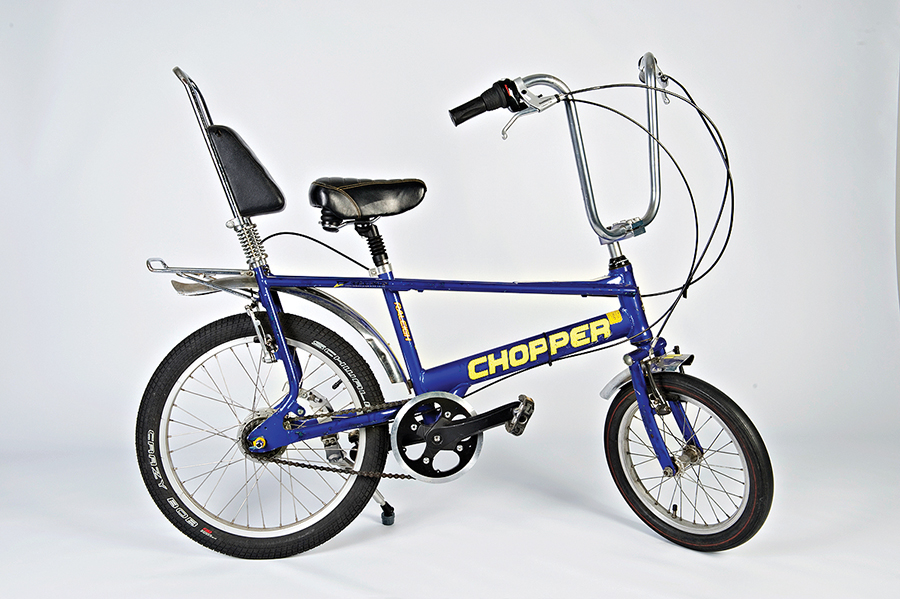
As she reflects in the film, she had designed the set for A Midsummer Night’s Dream, but when she went along to the theatre for the opening night, she found a note at the entrance: “Jews not allowed.”
While Dekk escaped before the war, her contemporary Romek Marber was sent to the Bochnia Ghetto in Poland.
Saved from being transported to the Belzec death camp, Marber finally arrived in Britain in 1946. After studying at St Martin’s School of Art and later the Royal College of Art, he soon became a force to be reckoned with at Penguin books.
As curator Joanne Rosenthal explains: “His influence in book design was immeasurable. He came up with this geometric, prescriptive grid showing how book covers should be designed, and was originally intended for the Penguin crime series only, but it worked so well that it was rolled out across all their paperbacks.”
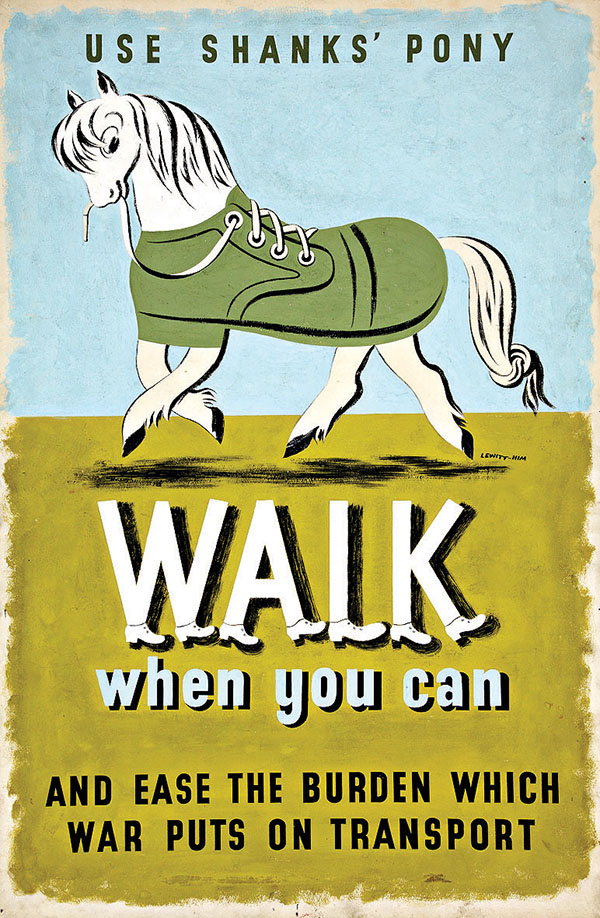
Another leading light of the design world was the German-born designer FHK Henrion, who studied poster design in Paris, before arriving in England in 1936.
During the war, he was interned as an enemy alien on the Isle of Man, but released after the Artists’ Refugee Council persuaded the government that his talents could be used to help the war effort.
One of his most iconic posters, Four Hands, produced in 1944, show representations of Britain, France, America and Russia grabbing a swastika and tearing it apart.
But it was as much his post-war creations for the likes of the National Theatre, C&A and Tate & Lyle that would secure him a place in design history.
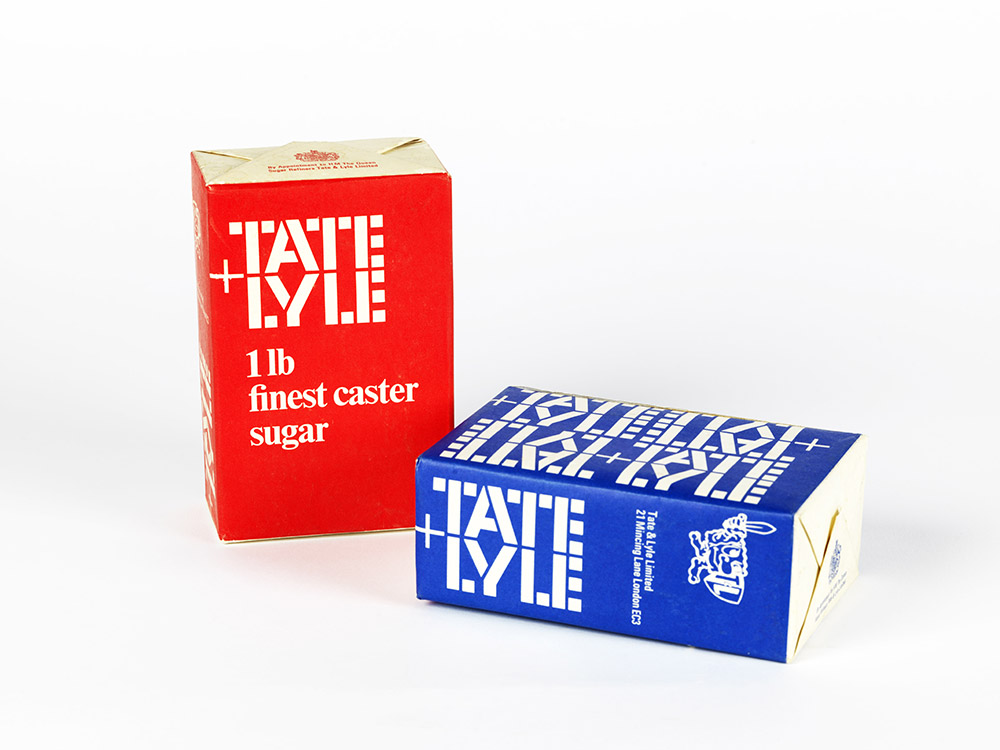
“His influence on British society was massive,” adds Rosenthal. “He was in many ways a pioneer of corporate identity and design, and his logo for Tate & Lyle is as close to perfection as you can get. The letters are formed from sugar cubes, perfectly stripped down. The logo is instantly recognisable and still used today.”
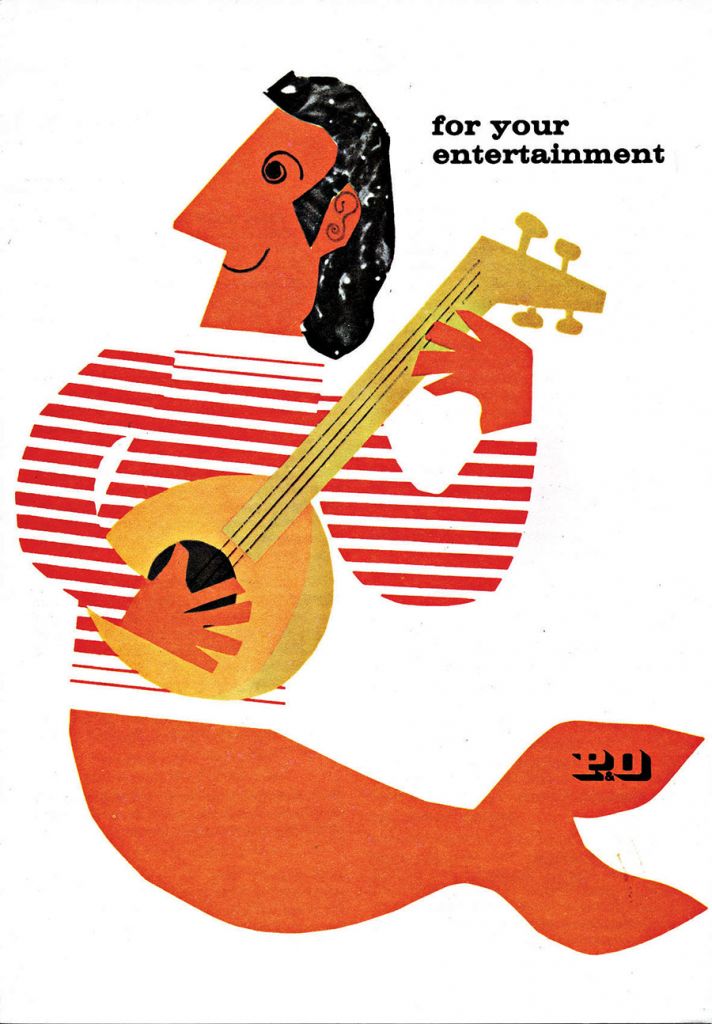
Many would also recognise the work of German-born designer Hans Schleger, who moved to the UK in 1932. His modernised bus stop signs remain largely unchanged today, while John Lewis, Penguin Books and Mac Fisheries can all thank him for their iconic logos.
He was appointed a royal designer for industry in 1959, but his distinguished status was not always apparent. An advertising poster for Shell, designed in 1938, is signed with Schleger’s pseudonym, Zero.
“It was a wry comment on the status of the graphic designer at that time,” adds Rosenthal.
“But this exhibition spans the period of time where that begins to change radically and the divisions between fine art and graphic design start to collapse.
“The timing of all this was critical. Many of these Jewish immigrants were trained at prestigious, avant garde schools in Germany and Austria, and they came over here at a time when the state was becoming more interested in using visual media for propaganda and raising
public morale.
“The skills and talent they brought really had quite an amazing effect on design in Britain.”
Designs on Britain runs at the Jewish Museum London until 15 April 2018. Details: jewishmuseum.org.uk

Thank you for helping to make Jewish News the leading source of news and opinion for the UK Jewish community. Today we're asking for your invaluable help to continue putting our community first in everything we do.
For as little as £5 a month you can help sustain the vital work we do in celebrating and standing up for Jewish life in Britain.
Jewish News holds our community together and keeps us connected. Like a synagogue, it’s where people turn to feel part of something bigger. It also proudly shows the rest of Britain the vibrancy and rich culture of modern Jewish life.
You can make a quick and easy one-off or monthly contribution of £5, £10, £20 or any other sum you’re comfortable with.
100% of your donation will help us continue celebrating our community, in all its dynamic diversity...
Engaging
Being a community platform means so much more than producing a newspaper and website. One of our proudest roles is media partnering with our invaluable charities to amplify the outstanding work they do to help us all.
Celebrating
There’s no shortage of oys in the world but Jewish News takes every opportunity to celebrate the joys too, through projects like Night of Heroes, 40 Under 40 and other compelling countdowns that make the community kvell with pride.
Pioneering
In the first collaboration between media outlets from different faiths, Jewish News worked with British Muslim TV and Church Times to produce a list of young activists leading the way on interfaith understanding.
Campaigning
Royal Mail issued a stamp honouring Holocaust hero Sir Nicholas Winton after a Jewish News campaign attracted more than 100,000 backers. Jewish Newsalso produces special editions of the paper highlighting pressing issues including mental health and Holocaust remembrance.
Easy access
In an age when news is readily accessible, Jewish News provides high-quality content free online and offline, removing any financial barriers to connecting people.
Voice of our community to wider society
The Jewish News team regularly appears on TV, radio and on the pages of the national press to comment on stories about the Jewish community. Easy access to the paper on the streets of London also means Jewish News provides an invaluable window into the community for the country at large.
We hope you agree all this is worth preserving.
- Features
- Tate & Lyle
- C&A
- John Lewis
- Raleigh’s “Chopper” bike
- Jewish Museum
- University of Brighton Design Archives
- London Transport
- Orient Line
- P&O
- the Post Office Savings Bank
- Penguin
- Tatler
- Central Office of Information
- Dorrit Dekk
- FHK Henrion
- Penguin books
- Mac Fisheries
- Four Hands
- Belzec
- Romek Marber
- Bochnia Ghetto
- Arts
- jewish culture
-
By Brigit Grant
-
By Laurent Vaughan - Senior Associate (Bishop & Sewell Solicitors)
-
By Laurent Vaughan - Senior Associate (Bishop & Sewell Solicitors)
-
By Laurent Vaughan - Senior Associate (Bishop & Sewell Solicitors)
-
By Laurent Vaughan - Senior Associate (Bishop & Sewell Solicitors)





















